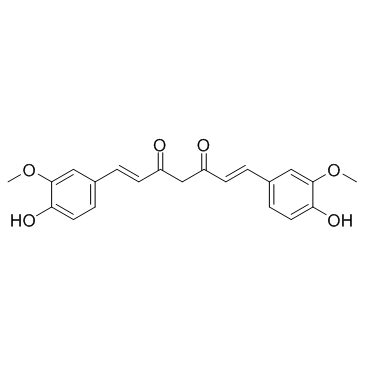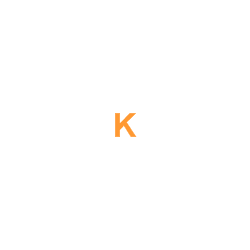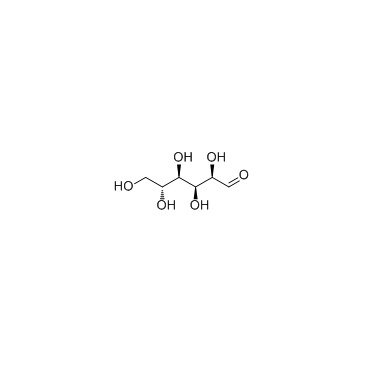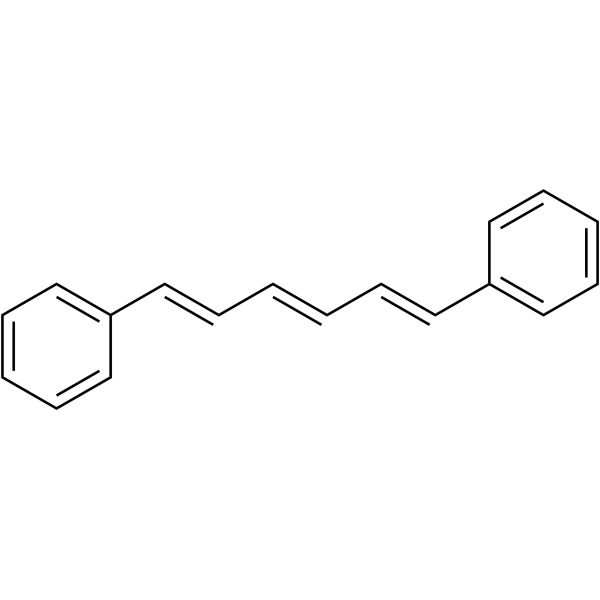| Structure | Name/CAS No. | Articles |
|---|---|---|
 |
Glycerol
CAS:56-81-5 |
|
 |
Curcumin
CAS:458-37-7 |
|
 |
Potassium
CAS:7440-09-7 |
|
 |
D-(+)-Glucose
CAS:50-99-7 |
|
 |
potassium hydride
CAS:7693-26-7 |
|
 |
1,6-DIPHENYL-1,3,5-HEXATRIENE
CAS:1720-32-7 |